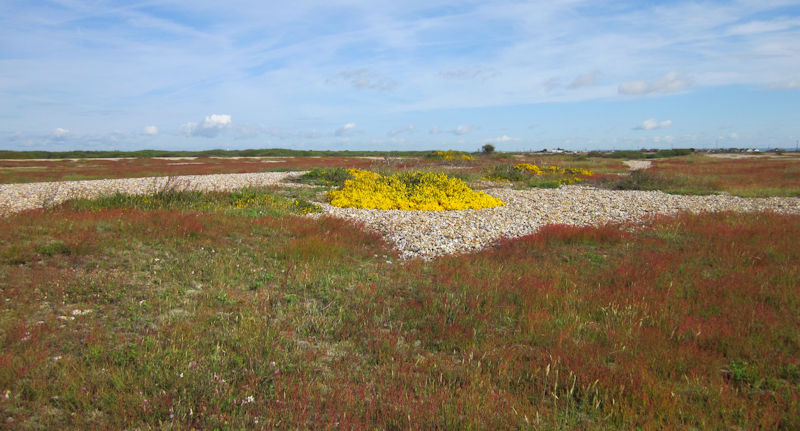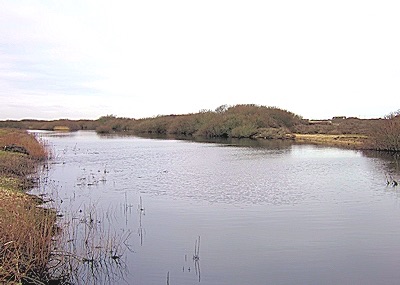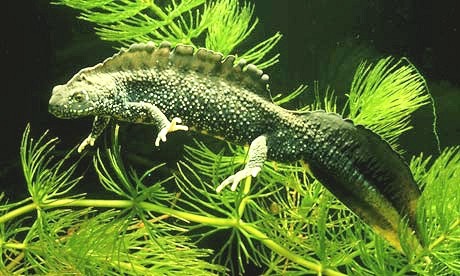Nature Reserves
The Romney Marsh, including Dungeness, is one of the most important wildlife sites in the world - protected at global, European and UK levels. The area is home to species found hardly anywhere else in the UK and is also a crossroads for migrating birds stopping off on their epic global journeys.


Dungeness National Nature Reserve
The Dungeness National Nature Reserve is unique in that it has no boundaries, a desolate landscape but possessing a rich and diverse wildlife in one of the largest shingle landscapes in the world. Pictorial Map
The communities of plants and animals living at Dungeness are unique, precious and exceptionally fragile.
The diverse wildlife, complex land form and sheer size of Dungeness make it one of the best examples of a shingle beach in the world, home to many uncommon plants, insects and spiders. It is also a great place to see birds, particularly migratory birds in the spring and autumn.
Dungeness is an important ecological site with flora and fauna unique to its shingle landscape. The area has been designated as a National Nature Reserve (NNR), Special Protection Area (SPA) and a Special Area of Conservation (SAC).
It is home to 600 species of plants, which is a third of all plants found in the UK. The site represents the most diverse and extensive example of stable vegetated shingle in Europe.
Dungeness is rich in an array of insects, notably its moth species. One speciality is the Sussex Emerald Moth, which is a night flying green moth which appears in July. The caterpillar feeds on wild carrot which is a relatively common plant in Britain. However, Dungeness is the only place in Britain where this moth is found.
Another rarity is the Pigmy Footman Moth which is supported by the lichen community at Dungeness.
Dungeness NNR is jointly owned and managed by Natural England and the RSPB, with support from the Romney Marsh Countryside Project, who undertake the day to day management on parts of the site on behalf of various landowners.

Lake on the Reserve
The shingle at Dungeness is made largely from material eroded during the last ice age. The beach has formed over the past 6000 years and is the 'spine' behind which the Romney and Walland Marshes have developed. Vegetated shingle is the major habitat at the reserve together with natural and artificial wetlands, and grazing marsh.
Dungeness has an important population of Medicinal Leeches. In the past these leeches were used to treat a variety of ailments and were collected in such numbers that they became extinct in many parts of the country. Also there are numbers of the rare Great Crested Newt.

Great Crested Newt
Further Information
The Romney Marsh Countryside Project have produced a Dungeness leaflet to inform people about this unique site. Click here to view this leaflet.
![]() Dungeness National Nature Reserve
Dungeness National Nature Reserve
![]() Romney Marsh Countryside Project
Romney Marsh Countryside Project


















